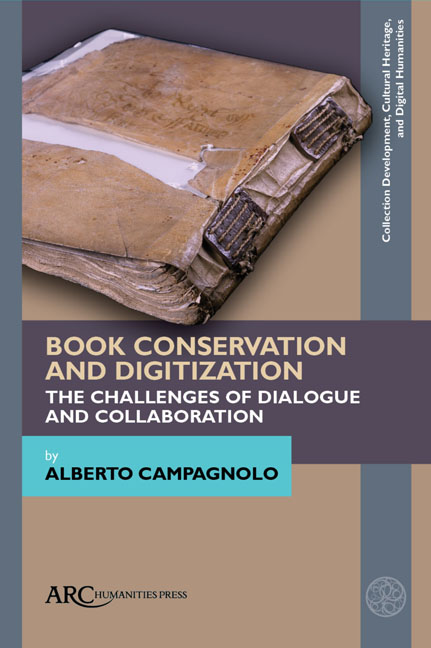Chapter 11 - Multispectral Imaging for Special Collection Materials
Published online by Cambridge University Press: 20 November 2020
Summary
MULTISPECTRAL IMAGING HAS proven to be a critical tool for the study of unseen ancient texts, sketches, and other features in cultural heritage objects. For decades libraries and museums have used non-visible light to examine manuscripts and paintings. Multispectral imaging captures data across a significant part of the electromagnetic spectrum, including light from frequencies beyond the visible light range. This imaging enables extraction of additional information that the human eye fails to capture. It was originally developed for space-based imaging and surveillance to penetrate foliage, clouds, and camouflage, and for astronomy to study celestial objects. Following a decade and a half of development for cultural heritage projects, this same technology is now being used to enhance unseen features on fragile cultural heritage objects.
To conduct narrowband multispectral imaging, multiple images of an object are taken at different wavelengths of light, resulting in a digital “stack” or “cube” of images. Computer algorithms are then used to digitally combine images and enhance particular characteristics of the imaged area through computer processing. These processed images can reveal the faint traces of erased undertext, artifacts such as erasures and changes, and residues and areas of concern for preservation. This is particularly useful to reveal texts on palimpsests, an early form of recycling parchment when fresh parchment was not available. Words previously written on parchment folios were scraped off and erased with pumice stone and acidic solutions and then written over with iron gall ink. Narrowband multispectral imaging of palimpsests and other objects in different institutions and projects have provided conservators with a wealth of information, but with varied conservation support for the actual multispectral imaging and use of the resulting images.
Fortunately, one of the pioneering cultural heritage narrowband multispectral imaging programs incorporated close collaboration with conservation professionals from the beginning to ensure the safe preparation and imaging of the object. The Archimedes Palimpsest Program incorporated best practices in conservation throughout its program planning, work processes, and development of the narrowband illumination. This then carried over to many subsequent imaging projects, setting the standard for multispectral imaging work processes geared toward appropriate handling and exposure of fragile materials in accordance with conservation guidelines.
- Type
- Chapter
- Information
- Book Conservation and DigitizationThe Challenges of Dialogue and Collaboration, pp. 179 - 194Publisher: Amsterdam University PressPrint publication year: 2020



